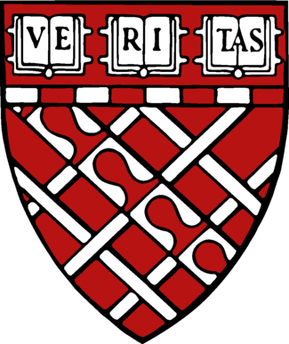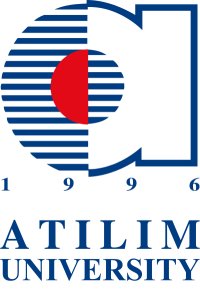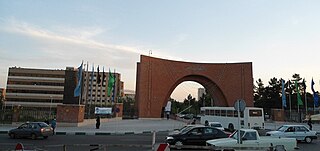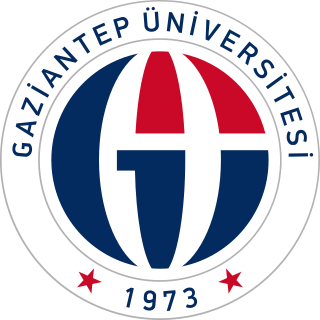
The Technion – Israel Institute of Technology is a public research university located in Haifa, Israel. Established in 1912 under the dominion of the Ottoman Empire, the Technion is the oldest university in the country. The Technion is ranked as one of the top universities in both Israel and the Middle East, and in the world's top 100 universities in the 2022 Academic Ranking of World Universities.

The Pratt School of Engineering is located at Duke University in the United States. The school's associated research, education, alumni and service-to-society efforts are collectively known as Duke Engineering.

The Polytechnic University of Turin is the oldest Italian public technical university. The university offers several courses in the fields of Engineering, Architecture, Urban Planning and Industrial Design, and is consistently ranked as one of the best universities in Italy and in Europe. As of 2023, it is ranked( QS World University Rankings ) 26th worldwide for Mechanical Engineering, 15th for Petroleum Engineering, 28th for Architecture and is among the top 50 (#45th) engineering universities in the world.

Shahid Beheshti University, originally founded as the Melli University, is a public research university in Tehran, Iran. The university offers many programs at Bachelor's, Master's and Ph.D. levels.

The Harvard Graduate School of Design (GSD) is the graduate school of design at Harvard University, a private research university in Cambridge, Massachusetts. It offers master's and doctoral programs in architecture, landscape architecture, urban planning, urban design, real estate, design engineering, and design studies.

Atilim University is a private university established in 1997. It is located in Ankara, the capital of Turkey. The language of instruction for most courses is English. Education programs are at international standards.

Tarbiat Modares University is a graduate university with its main campus in Tehran, Iran. It was founded in 1982 to train university professors and is among the top universities in Iran. Admission is through national-level university exams, and in most programs, is limited to top performers.
The School of Engineering and Applied Science (SEAS) at the George Washington University in Washington, D.C. is a technical school which specializes in engineering, technology, communications, and transportation. The school is located on the main campus of the George Washington University and offers both undergraduate and graduate programs.

Gaziantep University is a public university in Gaziantep, Turkey. Gaziantep University has 10 faculties, containing a total of 22 academic departments, with a strong emphasis on scientific and technological research.

The Khajeh Nasir Toosi University of Technology is a public research university in Tehran, Iran. It is named after medieval Persian scholar Khajeh Nasir Toosi. The university is considered one of the most prestigious institutions of higher education in Iran. Acceptance to the university is highly competitive, entrance to undergraduate and graduate programs typically requires scoring among the top 1% of students in the Iranian University Entrance Exam.
Jeonbuk National University is one of ten Flagship Korean National Universities founded in 1947, located in Jeonju, South Korea. Jeonbuk National University has been ranked 551–560th in the world by QS Top Universities Ranking in 2023.

The Ira A. Fulton Schools of Engineering is the engineering college of Arizona State University. The Fulton Schools offers 25 undergraduate and 48 graduate degree programs in all major engineering disciplines, construction and computer science. In 2023 the Fulton Schools became the first university in the nation to offer a bachelor's degree, master's degree and doctoral degree in manufacturing engineering.

Beykent University is a foundation university in Istanbul, Turkey, teaching in English, Russian combined and Turkish with 29,401 students.
The College of Engineering and Applied Science is the engineering and applied science college of the University of Cincinnati in Cincinnati, Ohio. It is the birthplace of the cooperative education (co-op) program and still holds the largest public mandatory cooperative education program at a public university in the United States. Today, it has a student population of around 4,898 undergraduate and 1,305 graduate students and is recognized annually as one of the top 100 engineering colleges in the US, ranking 83rd in 2020.

The John and Marcia Price College of Engineering at the University of Utah is an academic college of the University of Utah in Salt Lake City, Utah. The college offers undergraduate and graduate degrees in engineering and computer science.

Seoul National University of Science and Technology is a national university located in Nowon-gu, Seoul, South Korea.

Yaşar University is a university in İzmir, Turkey on the Aegean Sea. The university faculty teaches in English, with programs at both the undergraduate and postgraduate level.

Emily Ann Carter is the Gerhard R. Andlinger Professor in Energy and the Environment and a professor of mechanical and aerospace engineering, the Andlinger Center for Energy and the Environment, and the Program in Applied and Computational Mathematics at Princeton University. She has been on the faculty at Princeton since 2004, including as serving as Princeton's Dean of the School of Engineering and Applied Science from 2016 to 2019. She moved to UCLA to serve as executive vice chancellor and provost and a distinguished professor of chemical and biomolecular engineering, before returning to Princeton in December 2021. Carter is a theorist and computational scientist whose work combines quantum mechanics, solid-state physics, and applied mathematics.

Yueh-Lin (Lynn) Loo is a Malaysian-born chemical engineer and the Theodora D. '78 and William H. Walton III '74 Professor in Engineering at Princeton University, where she is also the Director of the Andlinger Center for Energy and the Environment. She is known for inventing nanotransfer printing. Loo was elected a Fellow of the Materials Research Society in 2020.
The Graduate School of Princeton University is the main graduate school of Princeton University. Founded in 1869, the school is responsible for all of Princeton's master's and doctoral degree programs in the humanities, social sciences, natural sciences, and engineering. The school offers Master of Arts (MA), Master of Science (MS), and Doctor of Philosophy (PhD) degrees in 42 disciplines. It also administers several pre-professional programs, including the Master in Finance (M.Fin.), Master of Science in engineering (M.S.E.), and Master of Engineering (M.Eng.), Master in Public Affairs (M.P.A.), Master in Public Policy (M.P.P.), and Master of Architecture (M.Arch.) degrees.















